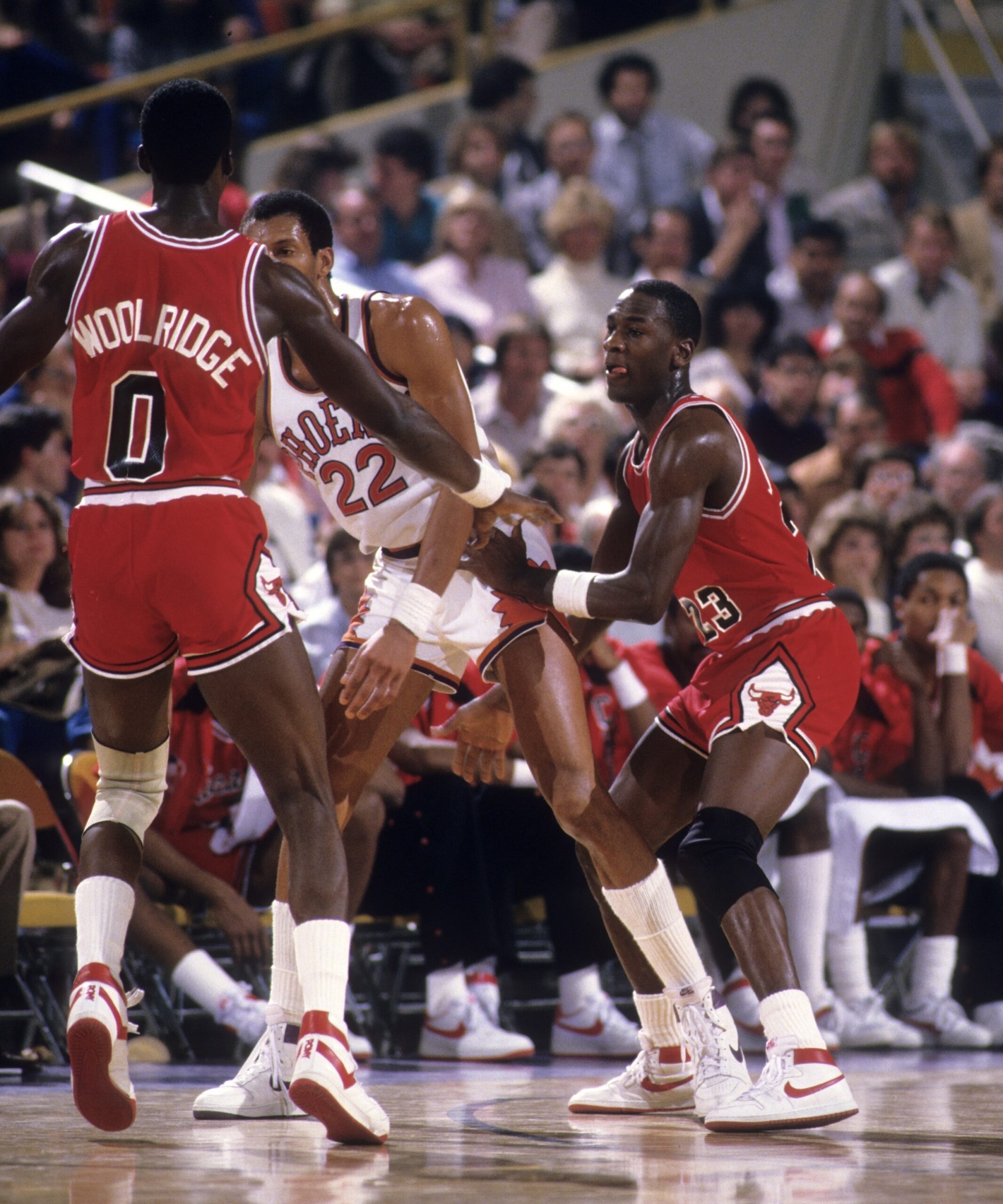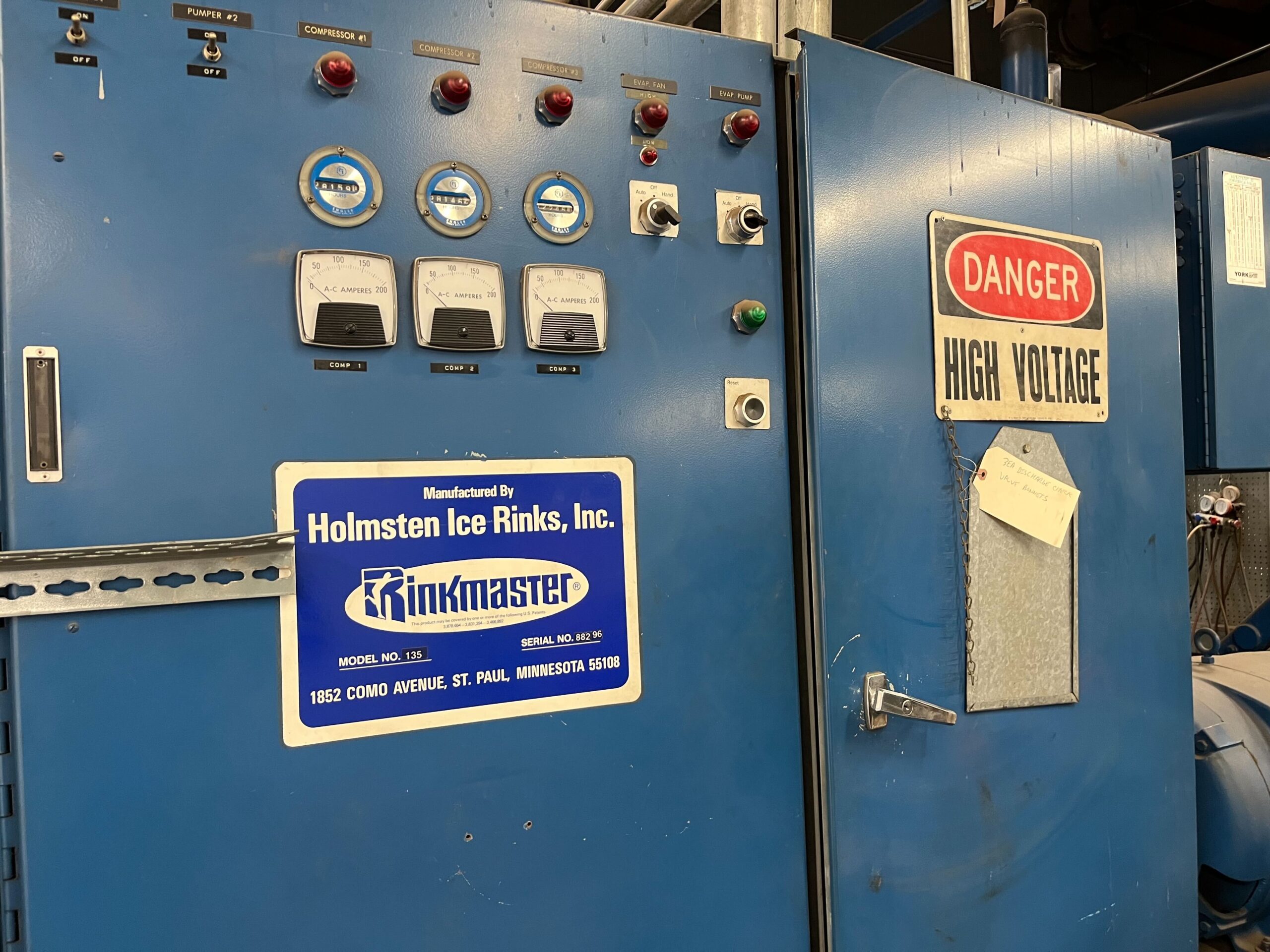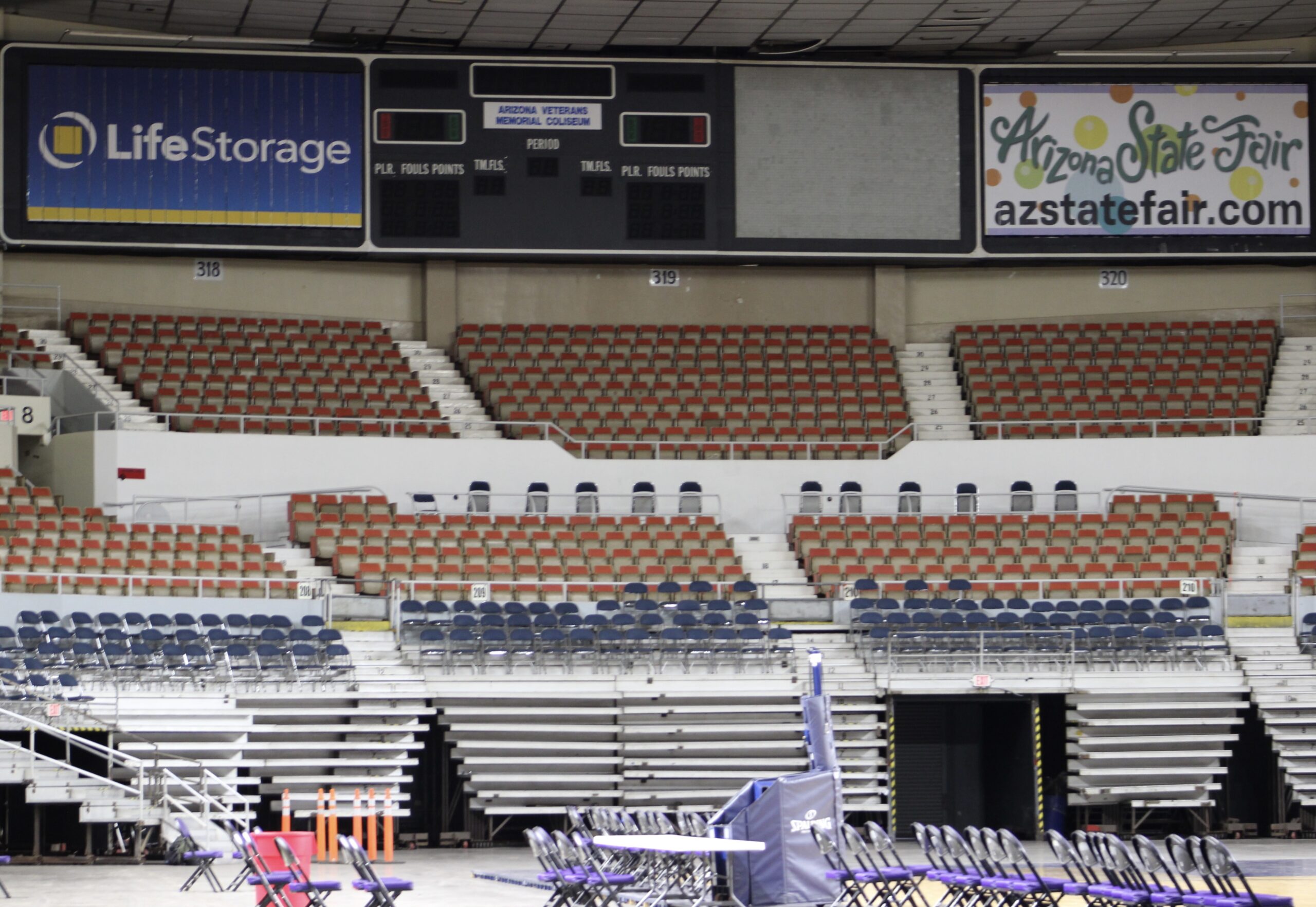© 2025 ALLCITY Network Inc.
All rights reserved.

Six years ago, citing a conflict-of-interest statute, the Glendale City Council voted to void a 15-year arena-lease agreement with the Coyotes less than two years after the city had approved the $225-million deal.
With the team facing homelessness, then-president Anthony LeBlanc and other Coyotes officials toured Arizona Veterans Memorial Coliseum to gauge its viability before the team eventually struck a year-to-year lease agreement with Glendale.
In August of this year, Glendale went a step further than the 2015 council by serving the Coyotes their eviction notice. This time around, the city does not appear inclined to patch things up with its longtime roommate. While team officials had hoped to strike a one-year deal with Glendale as recently as last month, the city has not budged on its stance that the Coyotes must depart Gila River Arena on June 30.
There is still no clarity on whether the team’s proposed arena along Rio Salado will be approved by the Tempe City Council, but even if it is, that facility won’t be ready for anywhere from three to five years. That means the Coyotes need an interim solution. Which brings us back to the Coliseum.
Nearly four months ago, I wrote a piece examining the potential short-term landing spots for the Coyotes. I will examine and update all of those options again in a story soon, but an analysis of all of the Coyotes’ in-state options leads back to the same conclusion: If the doors to Gila River Arena are closed, the Coliseum, despite its age-related issues, is the next-best option for bridging the gap from the 2022-23 season to what the Coyotes hope will be their permanent home along the river.
“She looks a little ugly, but she’s a great building,” Coliseum operations manager Tom Youngs said. “There’s not a bad seat in the house – I mean there’s a couple way up in the nosebleed sections – but other than that, you go pick any seat in here and you get a great view of the floor, any action going on down here.”
PHNX Sports toured the Coliseum on Nov. 30 to gain a better understanding of how much work it would take to get the venue in shape to host NHL hockey. We’ll have a video package published by the end of this week that takes you inside the arena, but we have included a few clips in this story.
Youngs and Arizona State Exposition and State Fair Assistant Executive Director Jen Yee led the tour. As they noted, there are plenty of issues to solve at the Coliseum, but the issues are not insurmountable at the city’s first legitimate pro sports arena.

History and location
The Coliseum is an architectural icon in the Valley. Its sports history is rich and deep. It was the original home of the Suns (from 1968 until 1992), but it also hosted the Valley’s first pro hockey team, the Roadrunners.
The Roadrunners played in several leagues, including the Western Hockey League; the World Hockey Association (four teams from the WHA joined the NHL in 1979); the Central Hockey League; the Pacific Hockey League; the International Hockey League; and the East Coast Hockey League.
The venue has also hosted other minor pro hockey teams including the West Coast Hockey League’s Phoenix Mustangs and Roller Hockey International’s Phoenix Cobras.
With a footprint just northwest of downtown at 19th Ave. and McDowell Road, the Coliseum would offer the Coyotes a more central location than they have enjoyed since moving to Glendale in December 2003. It would also offer a better atmosphere than any of the other options outside of Glendale, a point that Youngs drove home on one of the handful of tours that he gave Coyotes officials between July and September.
“Someone from the Coyotes asked: ‘Tom, what’s it like in this building?’ And I said, ‘If you get 5,000 to 6,000 vocal fans in here, you’ll think it’s a sellout crowd just the way the sound bounces around here,’” he said. “It’s deafening when you get to the 13,700 range where it’s hard for me to communicate with the guys on the ice if I had to. You’d almost feel like you have like 20,000 people here with the noise level.”
Longtime Suns fans need no reminder of the deafening acoustics at the Coliseum. It’s reputation as The Madhouse on McDowell was well earned.
“I remember it always being really loud,” Suns great Alvan Adams, told KPNX. “Sometimes, we had to lean in to listen to the coach.”
The Coliseum’s original capacity for hockey was 13,700, which is close to the capacity that the Islanders enjoyed (13,917) while playing at Nassau Veterans Memorial Coliseum, before moving into brand new UBS Arena this fall. Youngs said that the current capacity at the Coliseum is just over 10,000 because some of the risers have been decommissioned and removed. That capacity could be increased, however, with temporary, high-end seating in the existing space near the ice surface, he said.
The Coliseum is clearly not an ideal venue for an NHL team in the 2020s. It has no luxury suites and the Coyotes will lose money there, but team president Xavier Gutierrez continues to preach the franchise’s commitment to remaining in Arizona, and there are no local options that approach ideal. Assuming that Suns owner Robert Sarver is still dead-set against allowing the Coyotes into the recently renovated Footprint Center, the Coliseum is the best of the remaining lot. If the Coyotes play it right, the venue could carry the same sort of cool, retro vibe that the Islanders rode to Game 7 of the Eastern Conference Final last season.

Cost of upgrades
It is difficult to pin down the cost of renovating the Coliseum. Some of that cost would depend on how extensive the renovations were. For example, the seats are old and most of them are orange. Would the Coyotes want to change that, or would they save money with a nod to the venue’s Suns history?
There are myriad other issues including compliance with the Americans with Disabilities Act. There is only one elevator at the Coliseum which makes access to the upper levels challenging. Yee said that the arena was ADA compliant when it was last used for major events, but updates to the law may force more upgrades.
The current scoreboards do not work, and the Coyotes or NHL would have to provide new dasher boards (the old ones were sold), new nets and Zambonis (the Coyotes purchased a pair earlier this year). The concession areas also need upgrades.
Multiple sources with knowledge of the situation estimated the bare-minimum cost of renovating the Coliseum between $25 and $40 million, but a source in the arena industry with an understanding of construction details said it could take “tens of millions of dollars, if not $100 million” to make it suitable even as a temporary solution.
The renovations would have to start with the flooring and a new ice plant to make and maintain the ice surface.
“To change out the floor would be the biggest thing,” Youngs said. “How many more leaks are here we don’t know.
“A new ice plant, more up to standards, would have to be put in, so basically (you’re) starting from scratch.”
Youngs said that the NHL would likely require a backup ice plant, which would require blowing out a wall in the existing plant room to create the necessary space.
The team areas do not meet NHL standards for size, but Youngs said that issue could again be solved by blowing out walls into the massive hallways that ring the lower level of the arena, where an additional “18,000 to 20,000 square feet” exist. In 2019, when the Phoenix Mercury announced plans to play at the Coliseum, the team repainted and refurbished much of the team spaces, so they are in decent shape. The Mercury also upgraded the lighting on the arena floor to meet NBA standards for broadcasts on ESPN.
There are also issues with the roof.
“In the last 12 years, we’ve had to repair the roof twice,” Youngs said. “It’s a cable system. It has reduced our weight capacity on the roof once we got them repaired so you can’t really do a center-hang (scoreboard) any more. You could always do the ends or something in the corners.”
There is still ample parking around the arena and across McDowell Road. As for advertising, Yee said that “there are a couple of official sponsors but nothing that is insurmountable compared to the potential of sports. When you’re looking at that sort of revenue, we’re happy to do it.
“If I could have hockey in this building before I retire, my career would be complete because it’s a dream gig and I love hockey. So yes, we’re huge supporters of the idea.”

State of talks/timeline
Youngs said that the Coyotes conducted “three to four walkthroughs” of the Coliseum between July and September with different groups of officials attending. The NHL also sent a group to tour the facility, he said.
Because the Coliseum is a state entity, any renovations and lease agreements must receive state approval. Emails to Governor Doug Ducey’s office for comment or information were not returned, but a state source said that there was a meeting in late September.
Where things stand now is hard to gauge. The Coyotes are considering other local options (more on that soon). It’s fair to wonder if they are reluctant to embark on such a costly renovation with the fate of their Tempe proposal still undetermined.
The time required to renovate the Coliseum would again depend upon the level of renovations, but multiple sources suggested that it would take at least eight to 10 months, possibly longer, which means the Coyotes would need to get moving if they hope to play in the Coliseum next season. The 2022-23 NHL season is scheduled to begin in October; 10 months from now.
If the Coyotes need more time, they could always start with a long road trip just as the Islanders did this season when they played their first 13 games on the road while awaiting the completion of UBS Arena.
There are numerous considerations that the team must take into account, but from a nostalgic perspective, the Coliseum could be a fun short-term solution. And if they put the money in, maybe the Coyotes would entertain the idea of bringing the Roadrunners north from Tucson to play in their original home.
“It would be great to get hockey back in here,” Youngs said. “Everybody knows about this place. They always know where the Coliseum is. I think it’s historic.”
Follow Craig Morgan on Twitter
Comments
Share your thoughts
Join the conversation



